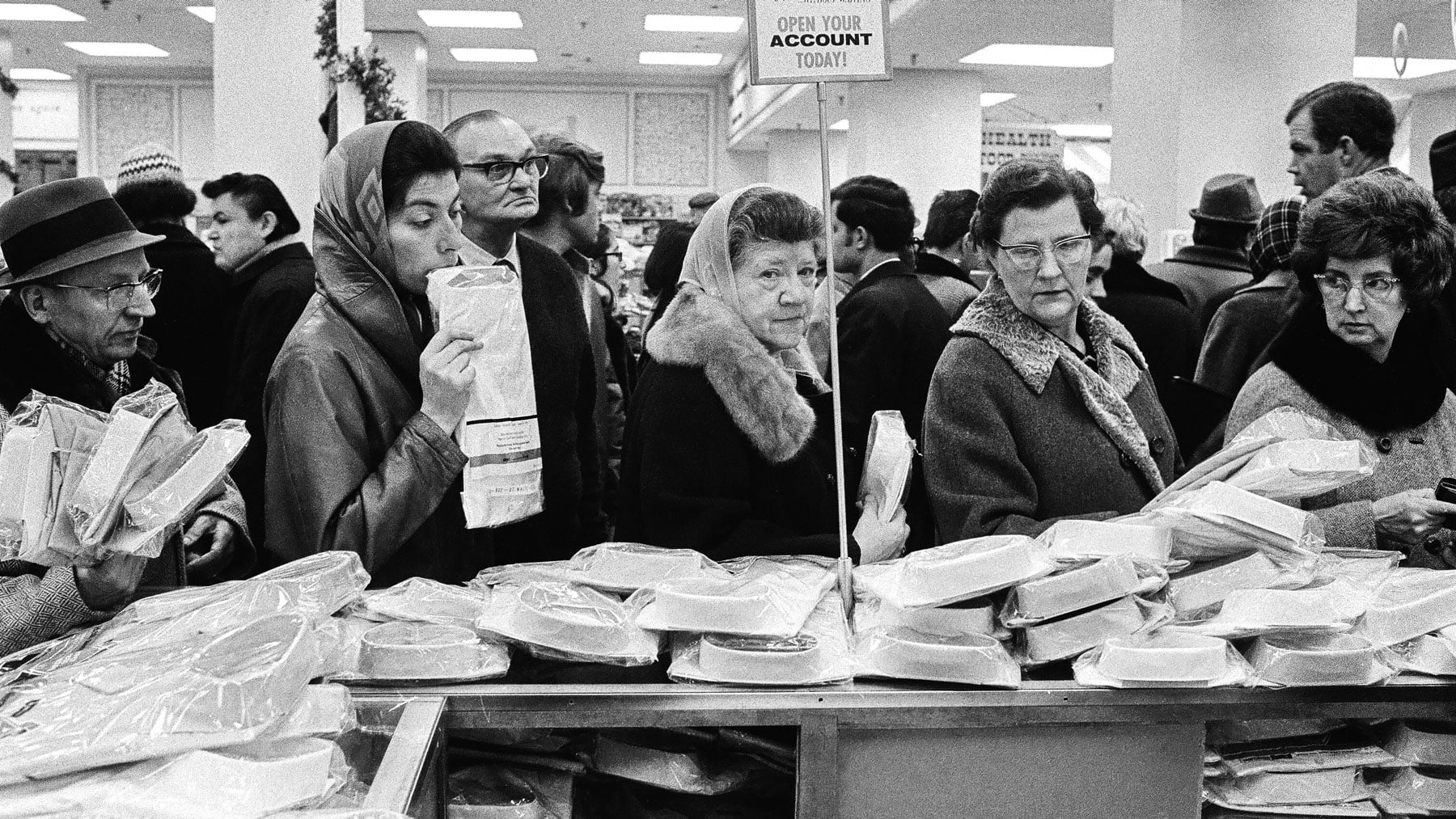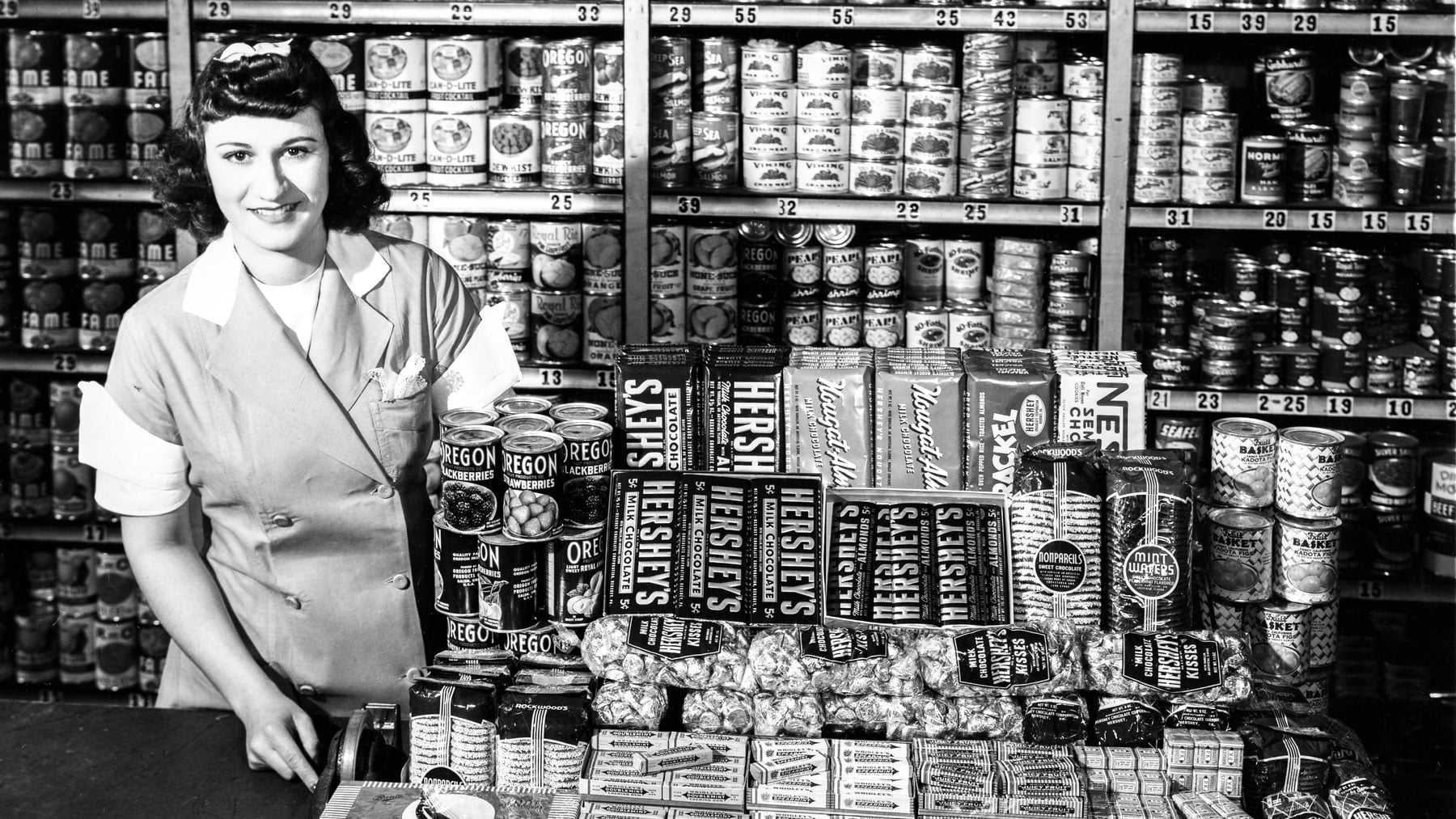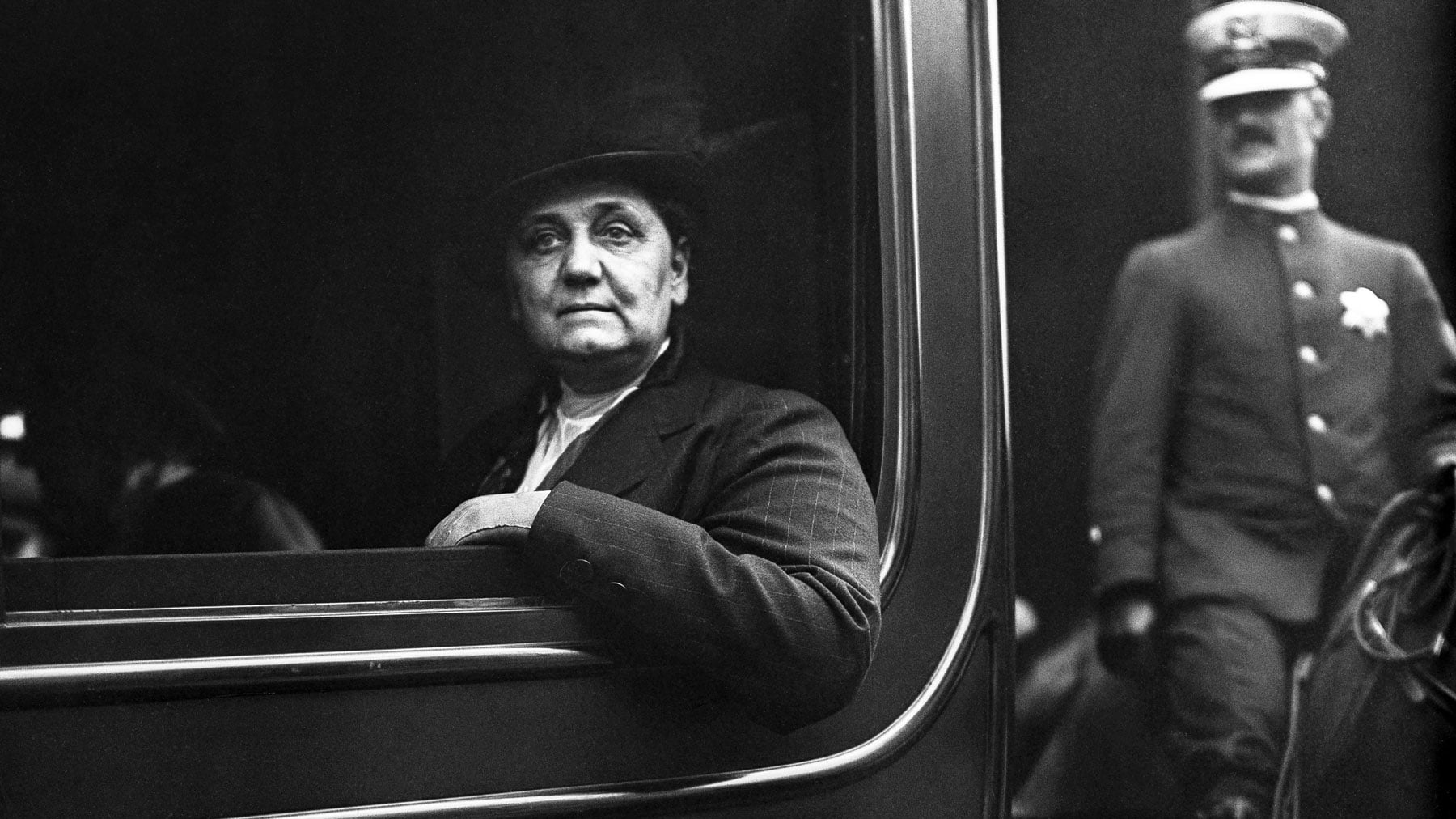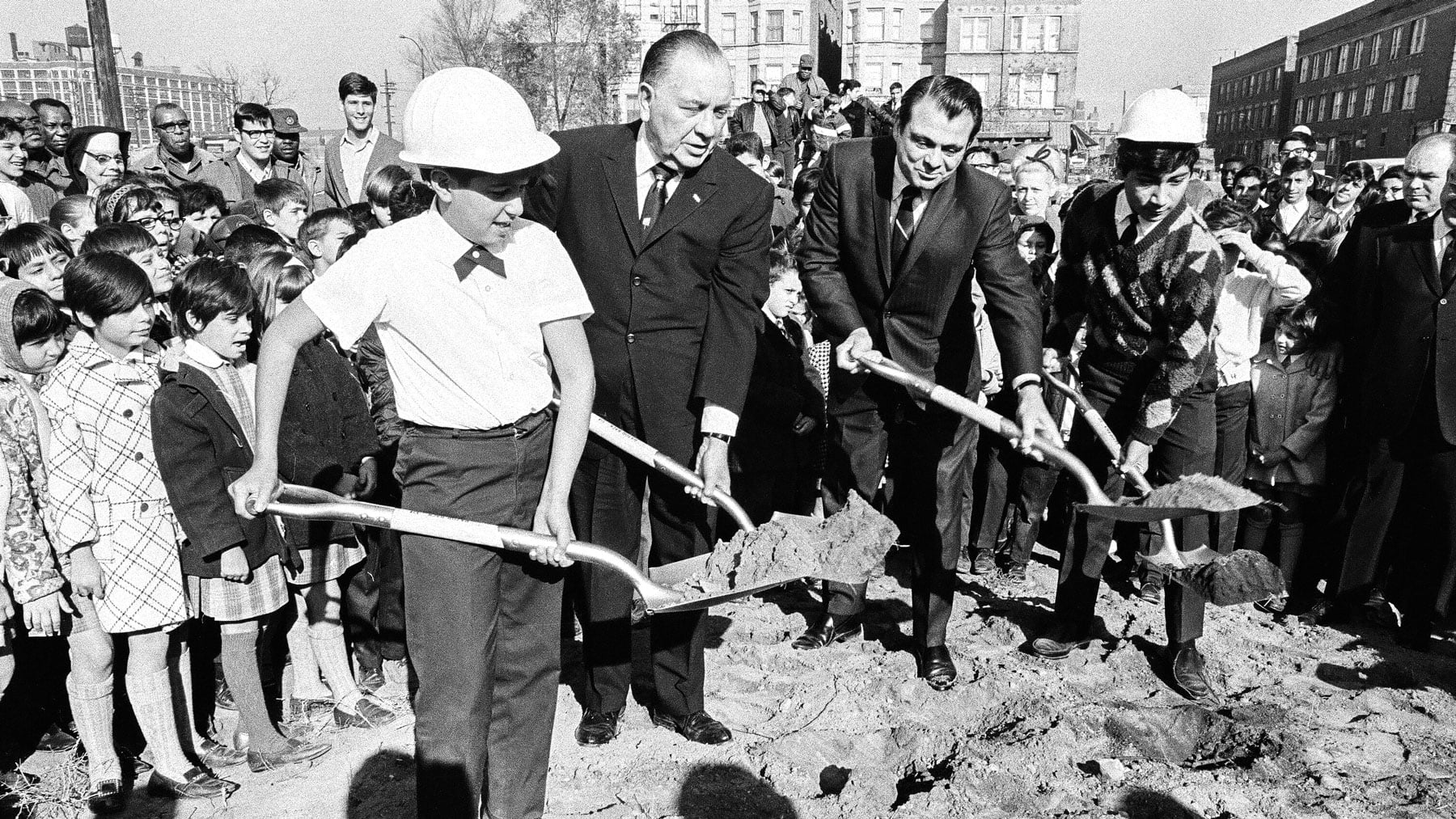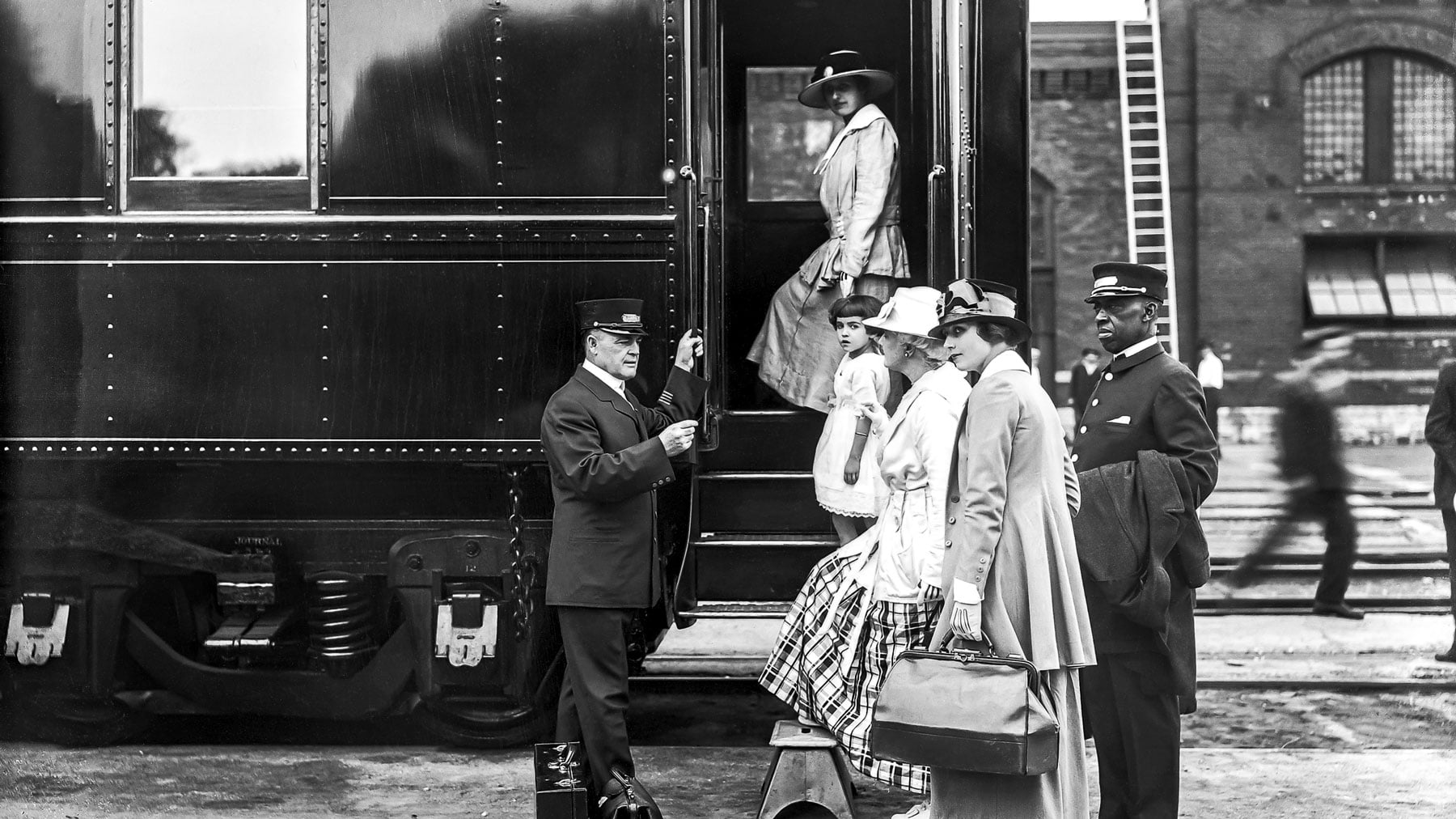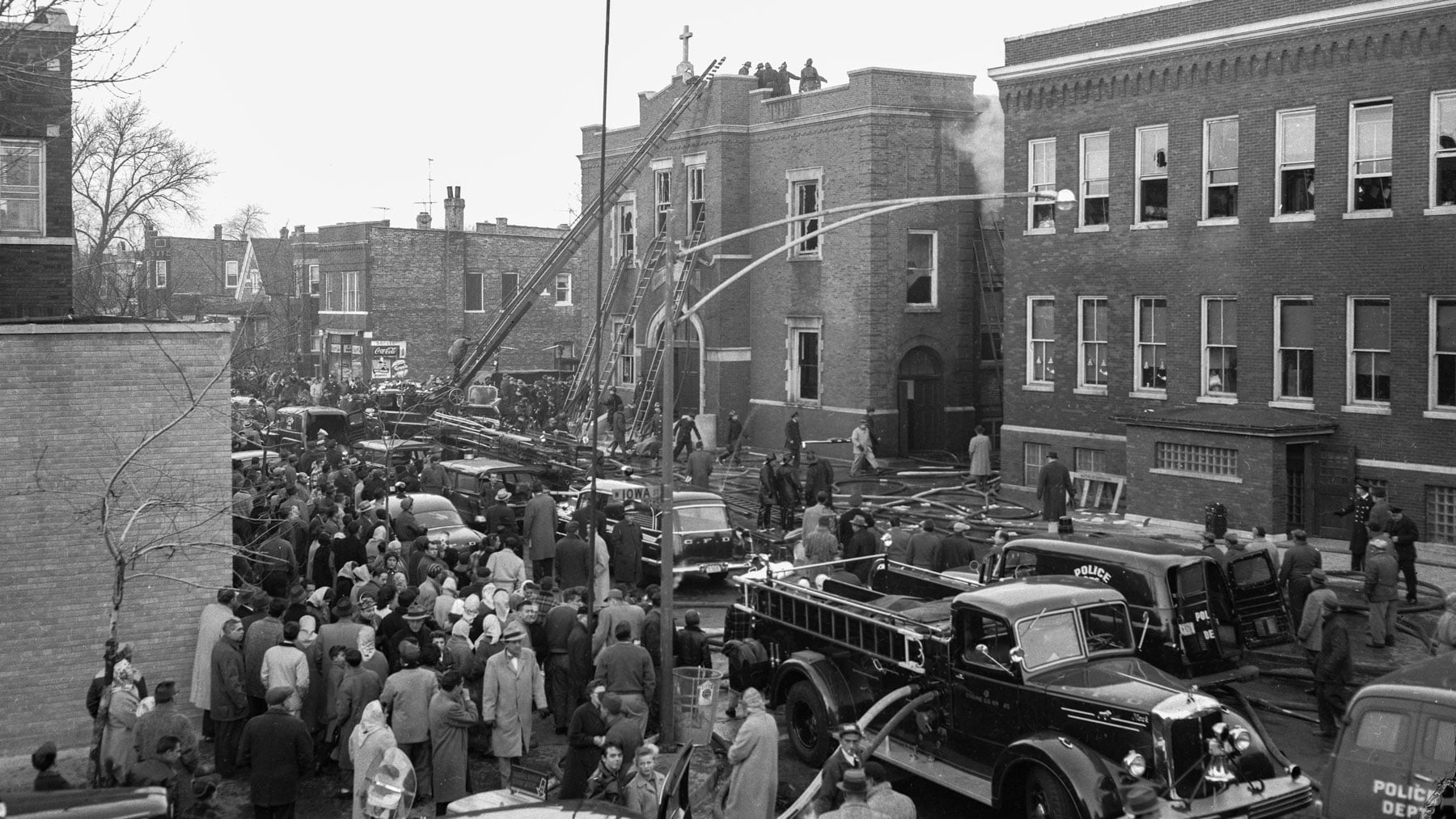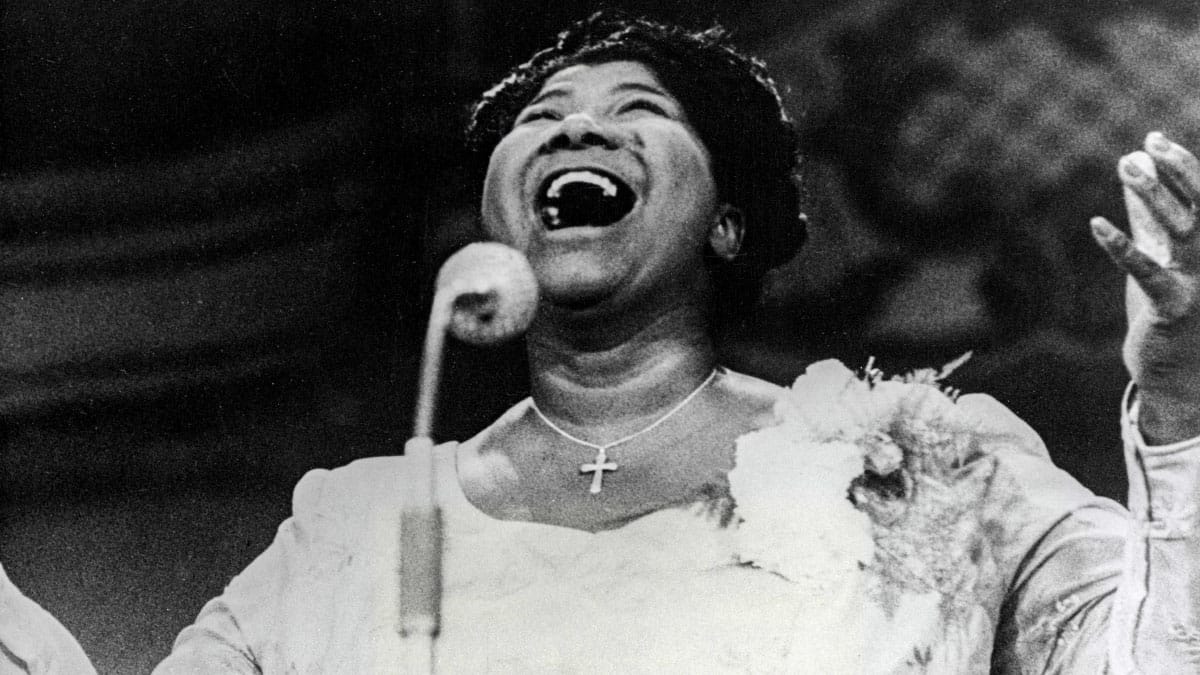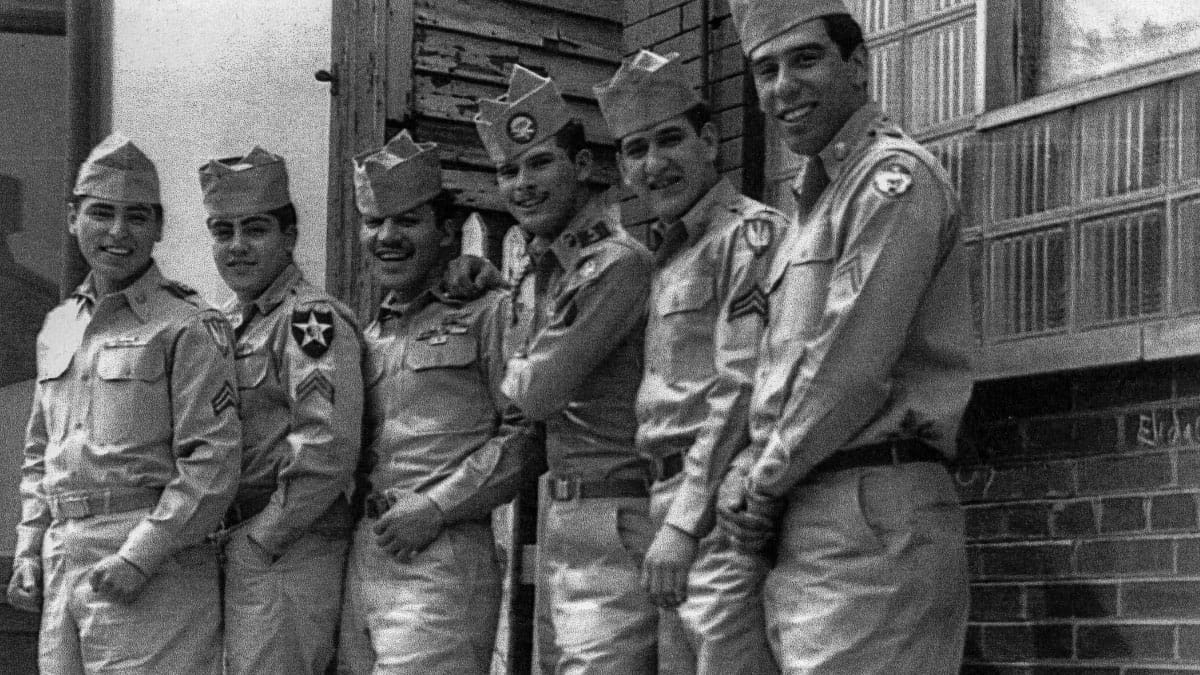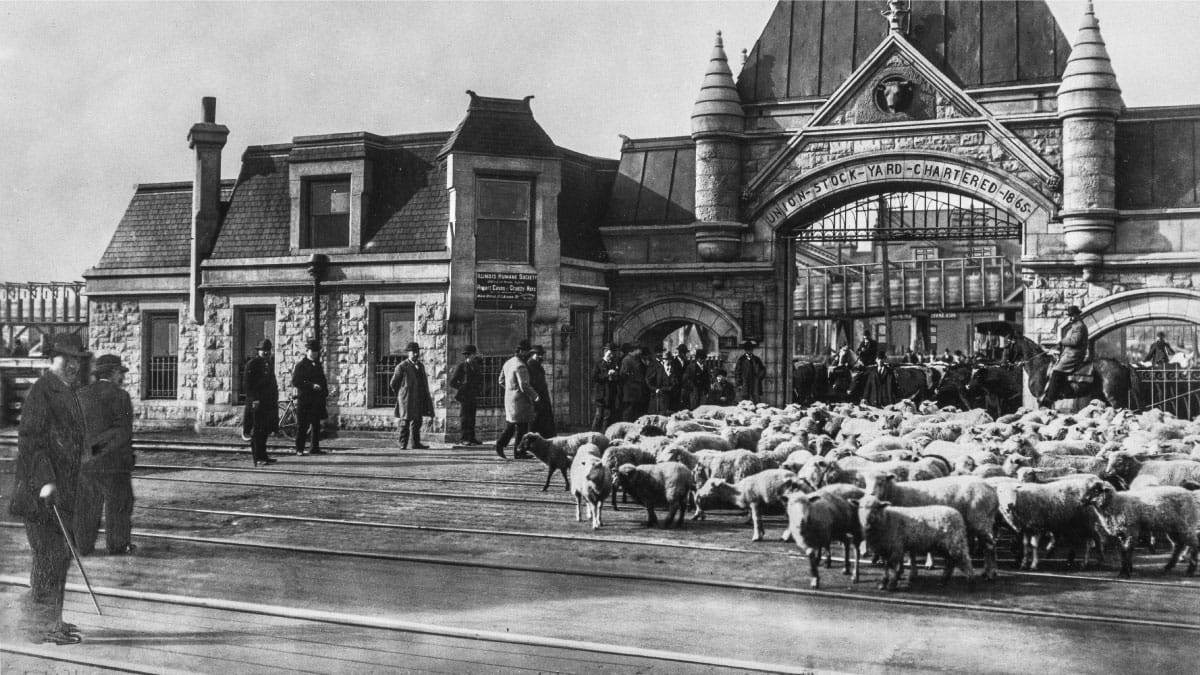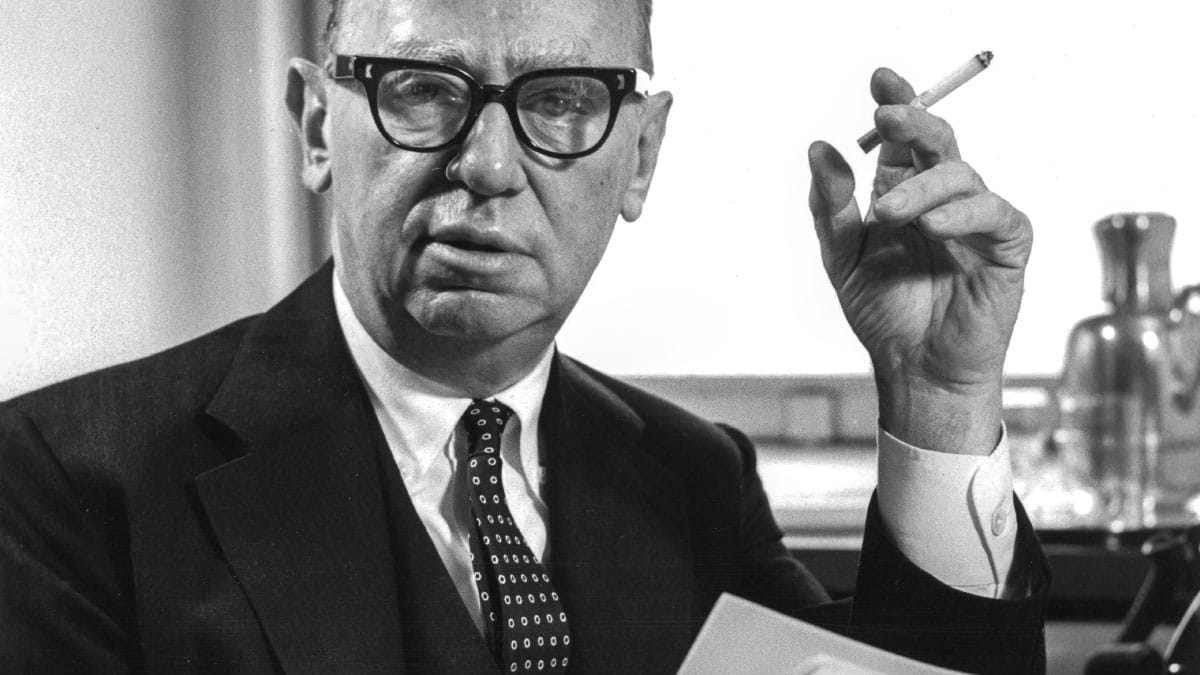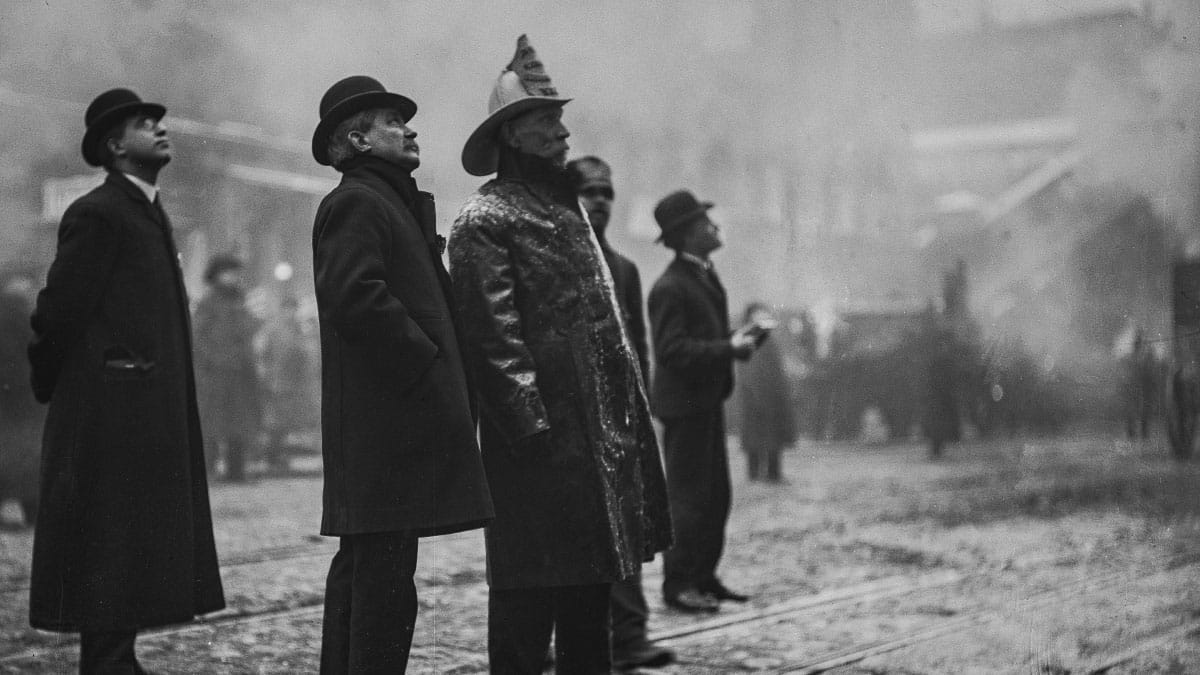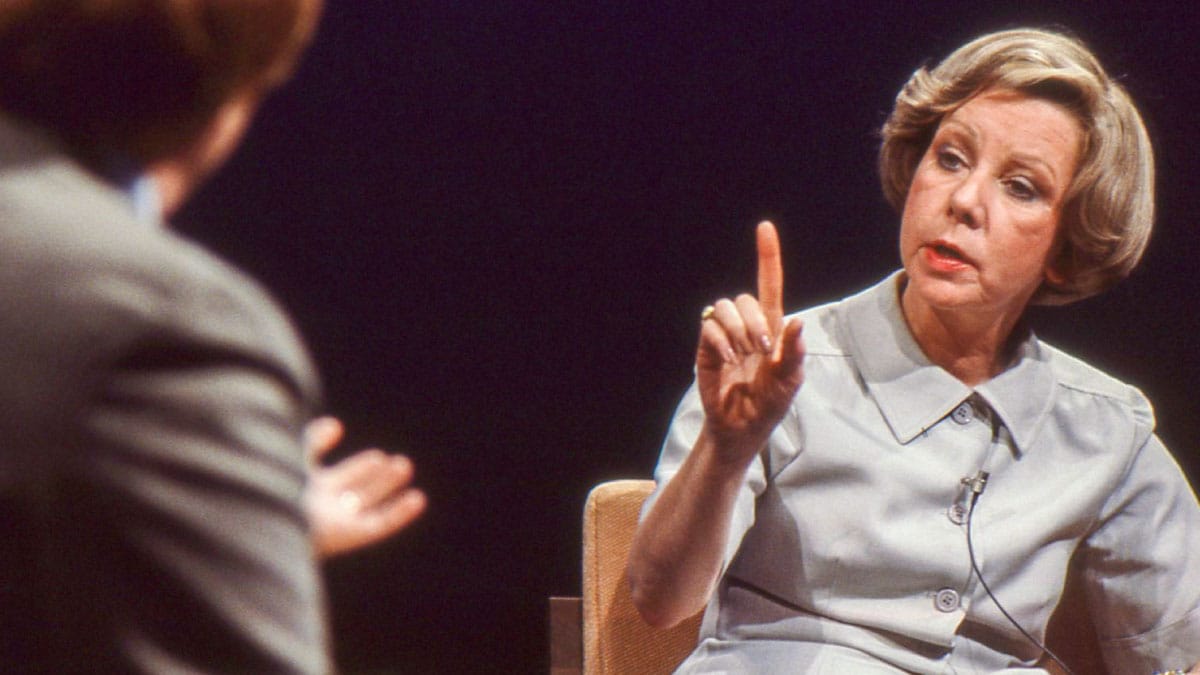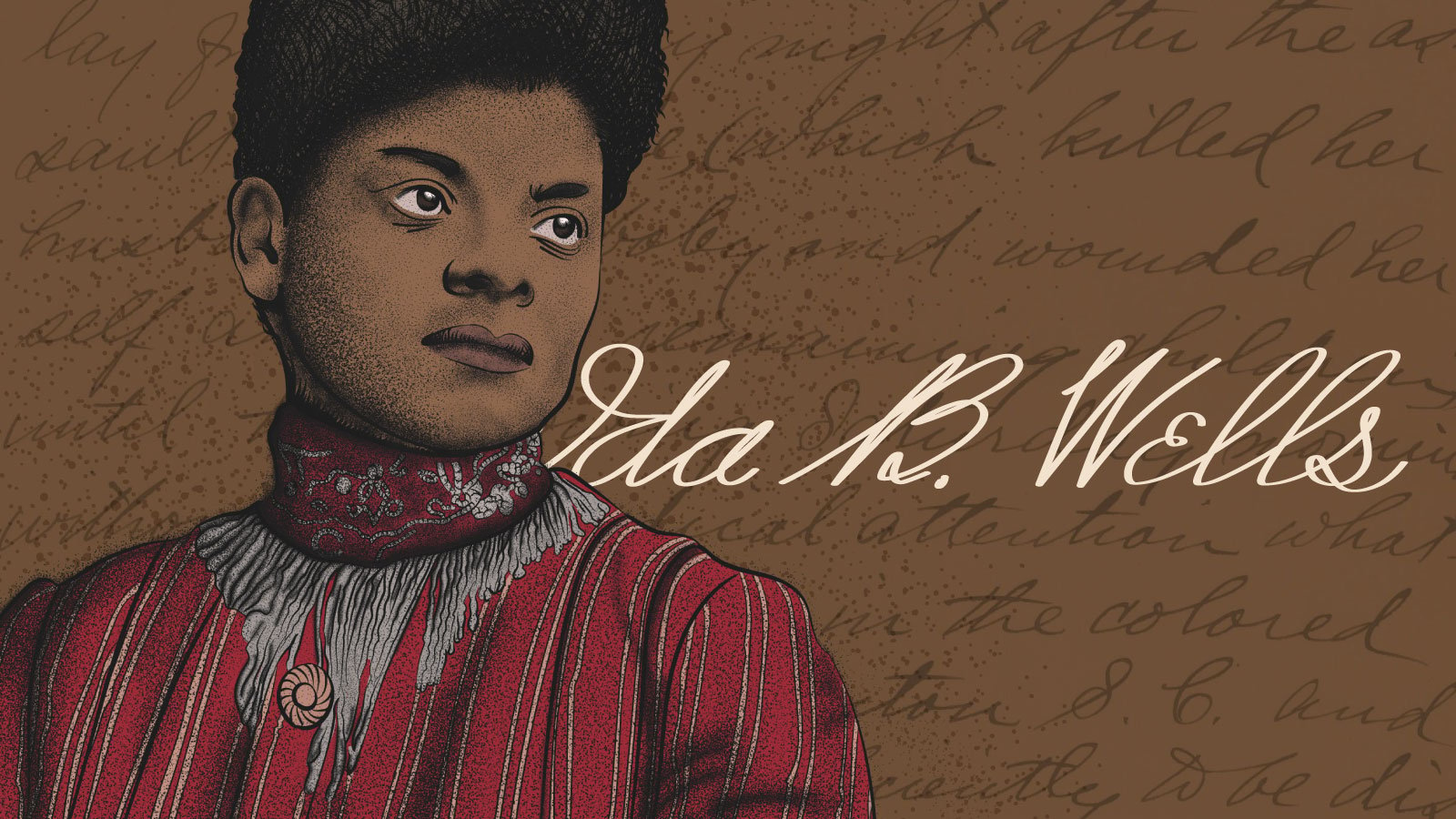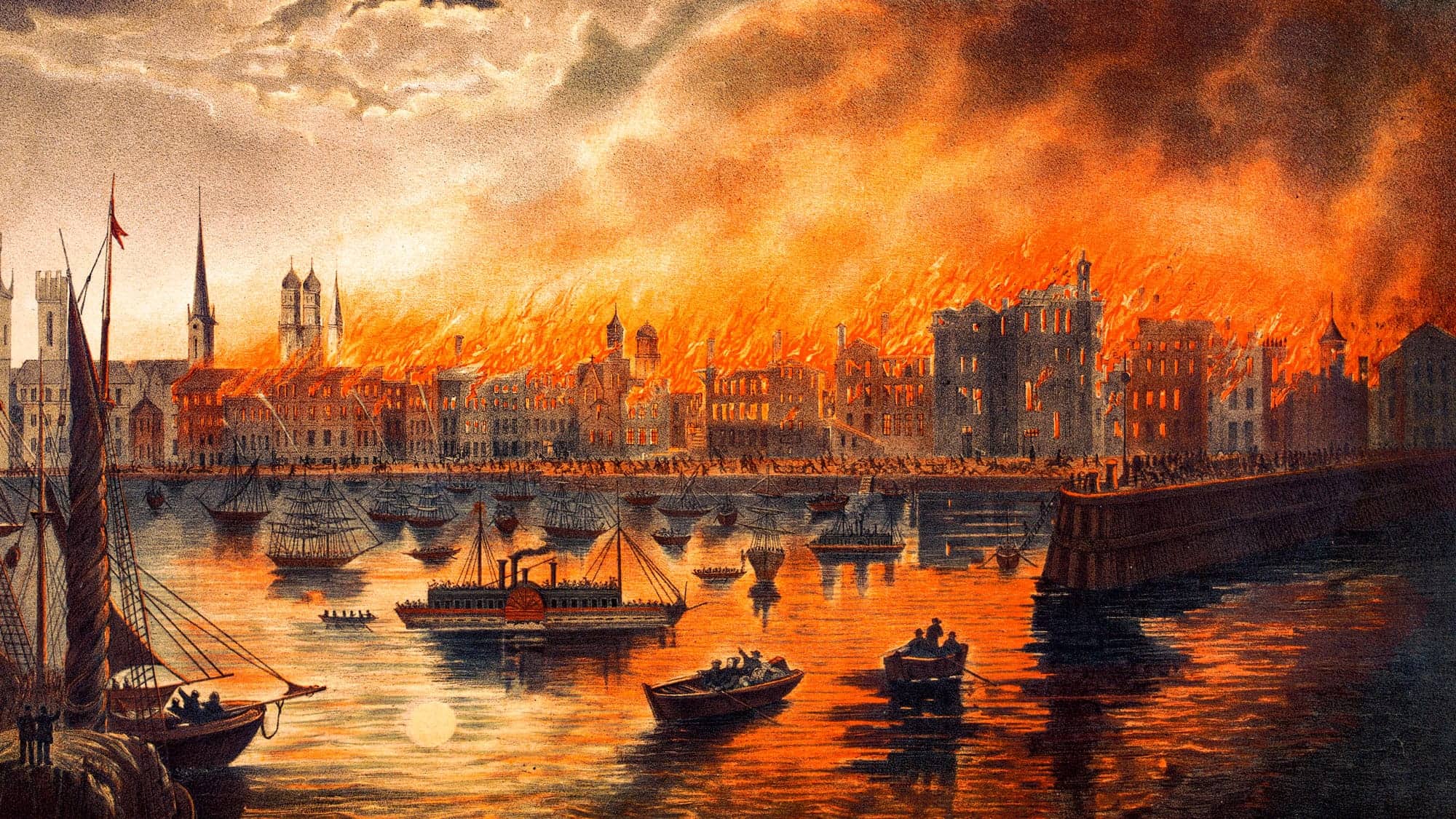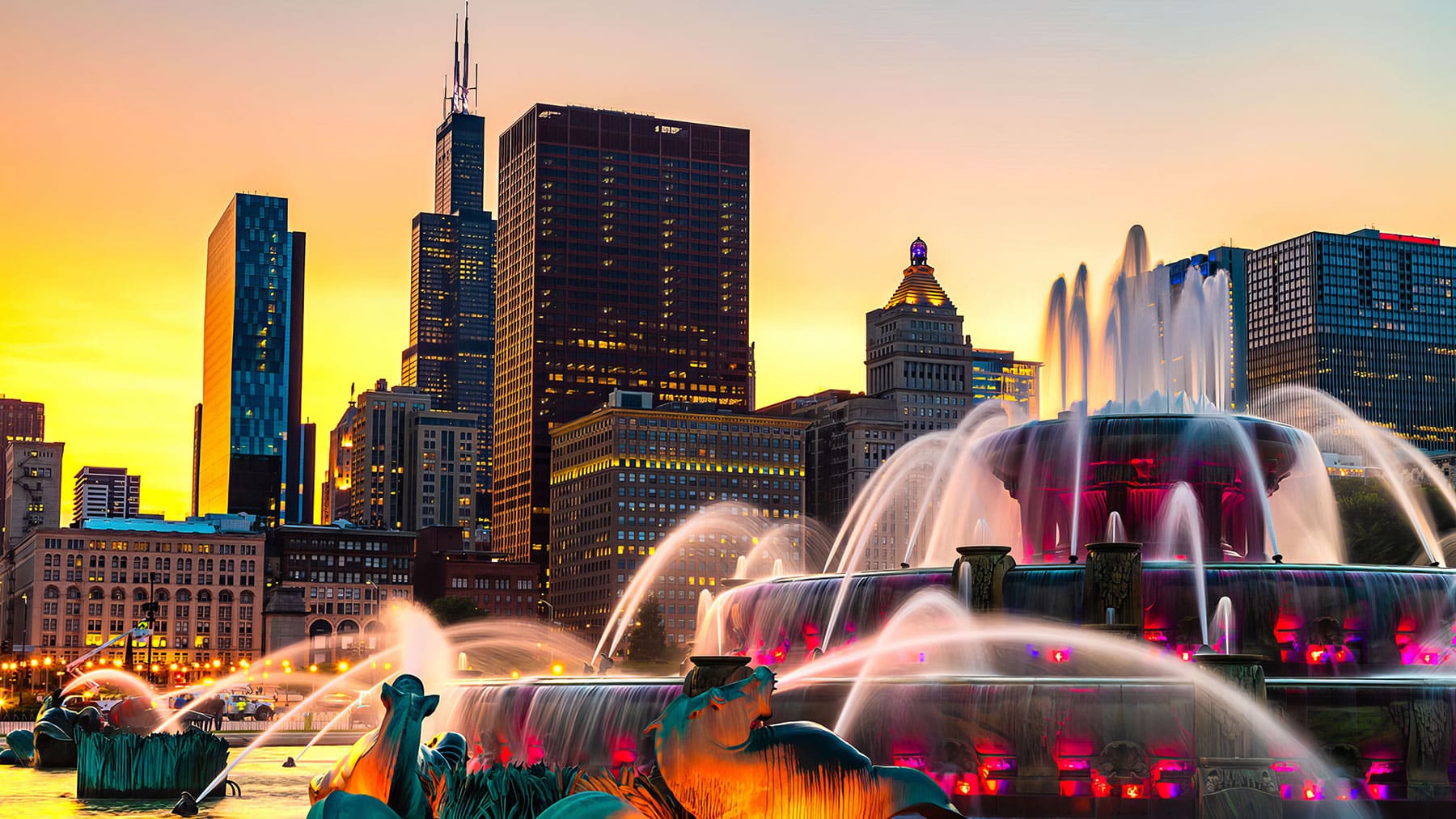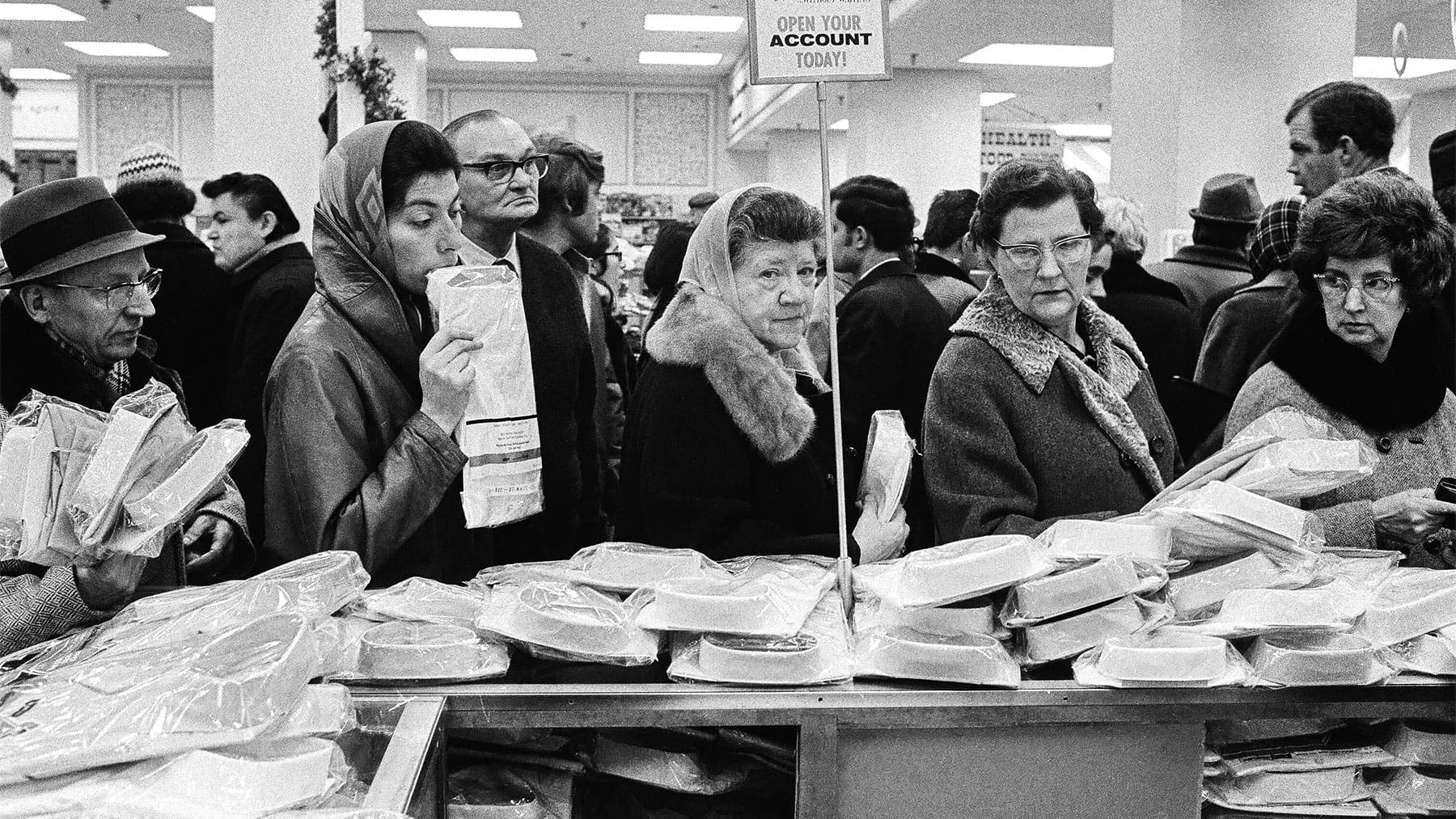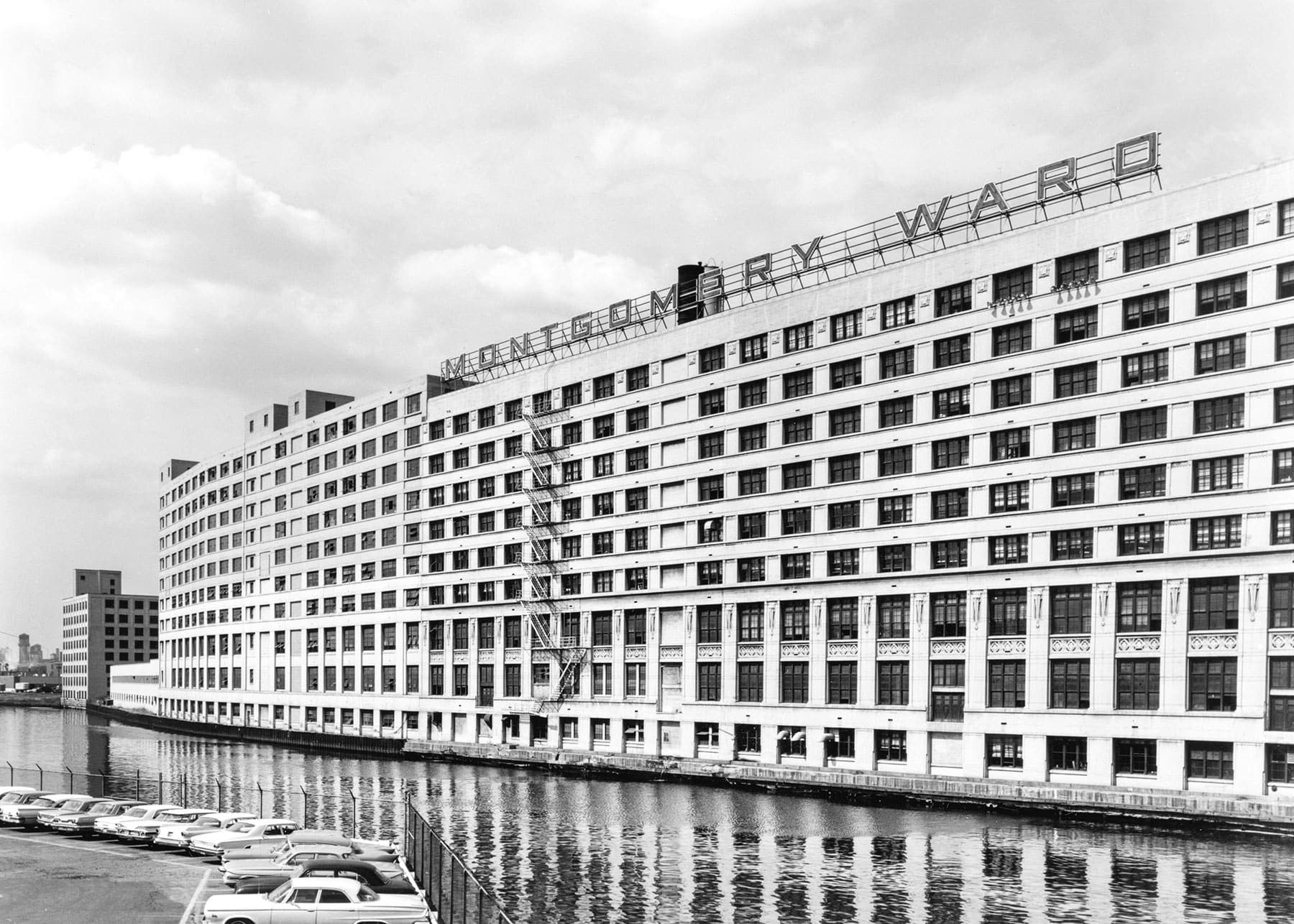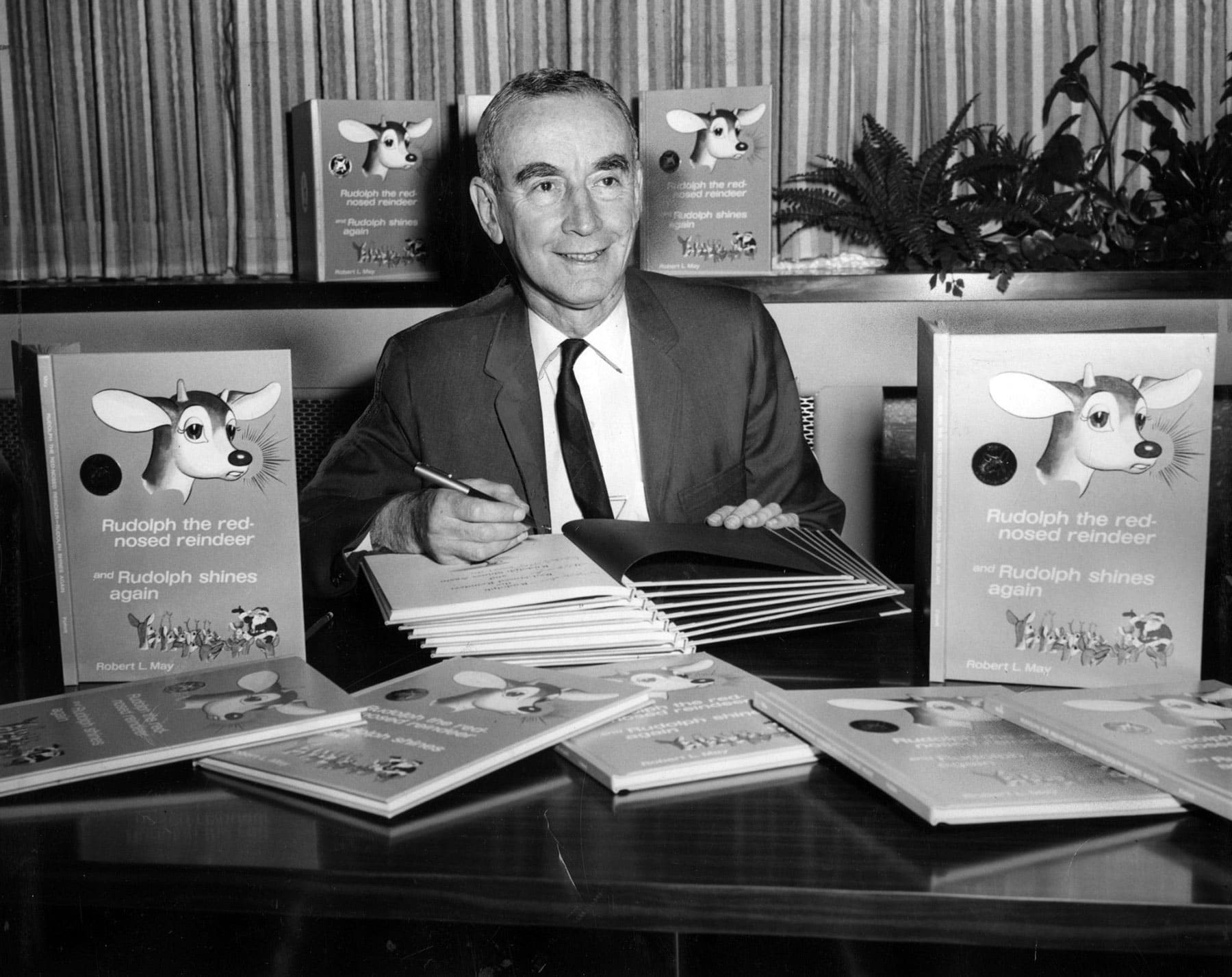The people behind Chicago’s mail order giants gave the city more than the Wish Book and Rudolph the Red-Nosed Reindeer. Some of the leaders of Montgomery Ward and Sears are connected to other Chicago institutions, such as parks, museums, and even an historic, local YMCA.
Aaron Montgomery Ward’s Fight for Grant Park
If you’ve ever attended the Taste of Chicago Festival, Lollapalooza, or strolled around Grant Park, you have Aaron Montgomery Ward to thank for that, in part. Ward was the founder of mail order and retail giant Montgomery Ward, but he also played a major role in ensuring that the city’s lakefront remained a greenspace to be used by the people of Chicago. This was no easy task at the time.
Paul Durica of the Chicago History Museum told Chicago Stories that when Ward moved his business to Michigan Avenue in the late nineteenth century, he was not impressed with the view. Railroads, various armories, and even a city dump sat between his building on Michigan Avenue and Lake Michigan. “This upsets Ward quite a bit because he feels…that the lakefront really is the city’s front yard, and that it should belong to everybody,” Durica said.
Ward examined various city ordinances dating back to the 1830s, finding that the land that would later become Grant Park had always been set aside for public use, and that no buildings should obstruct the view of the lake. Ward used that knowledge to wage a series of court battles that would span 20 years, battles that he would ultimately win, securing public land that could not be built on.
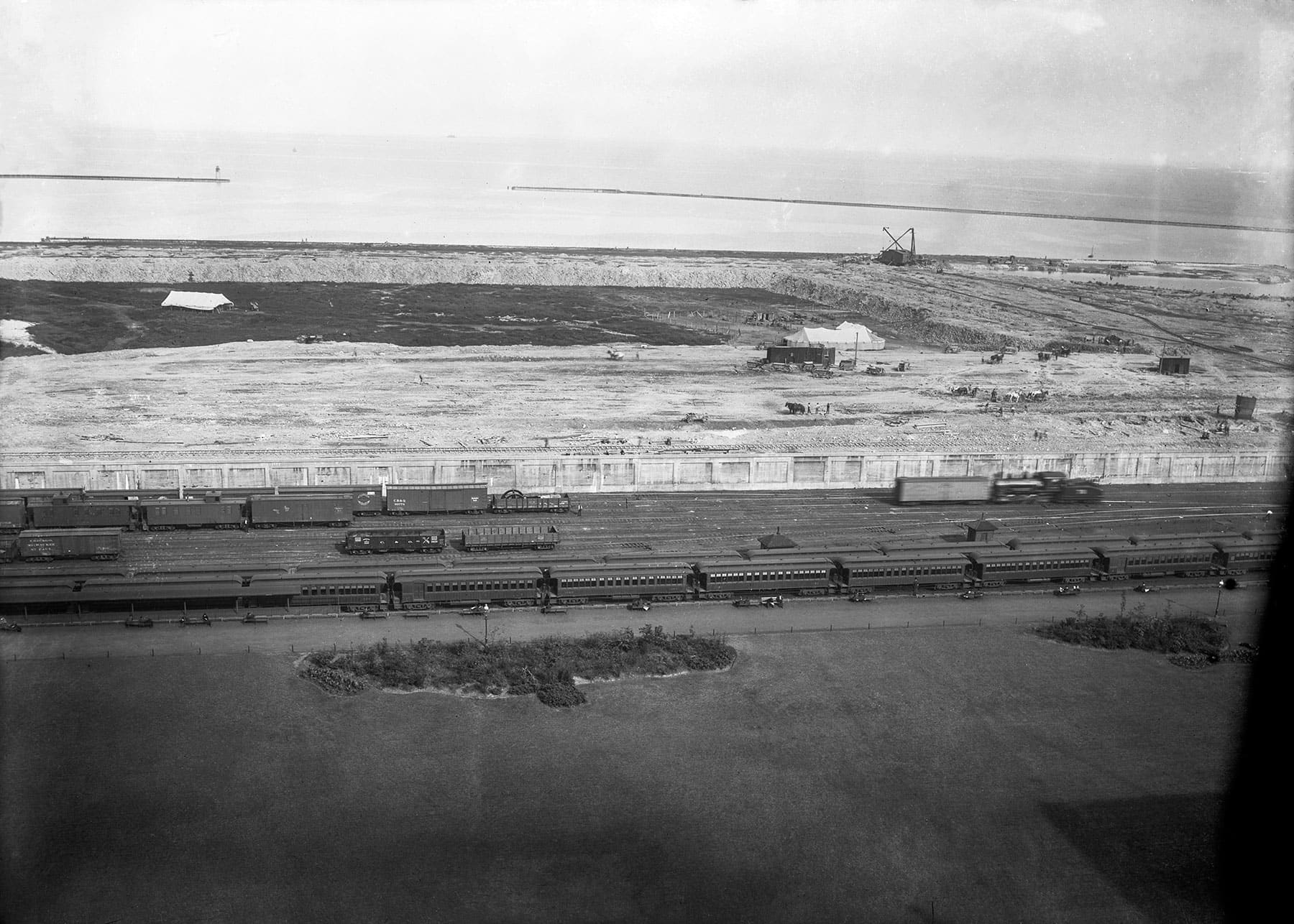
“This is not necessarily a popular decision at the time. There are a lot of people who see that as valuable real estate. They want to put buildings there, and it’s not just businesses that want to be there. There are cultural institutions, museums that want to be there as well,” Durica said.
One of the trickier battles was with one of those cultural institutions: the Field Museum. By the early 1900s, the Field Museum, then located in the building that now houses the Museum of Science and Industry, wanted to move to a new location in Grant Park. Ward went to court, this time against the estate of his friend and former boss, Marshall Field, and once again won the court battle. The Field Museum was moved further south to its present location.
In the only interview Ward ever gave, he sounded a tad bitter about the whole experience. “Had I known in 1890 how long it would take me to preserve a park for the people against their will, I doubt I would have undertaken it,” he said. “Perhaps I may yet see the public appreciate my efforts. But I doubt it.”
Julius Rosenwald, the Philanthropist
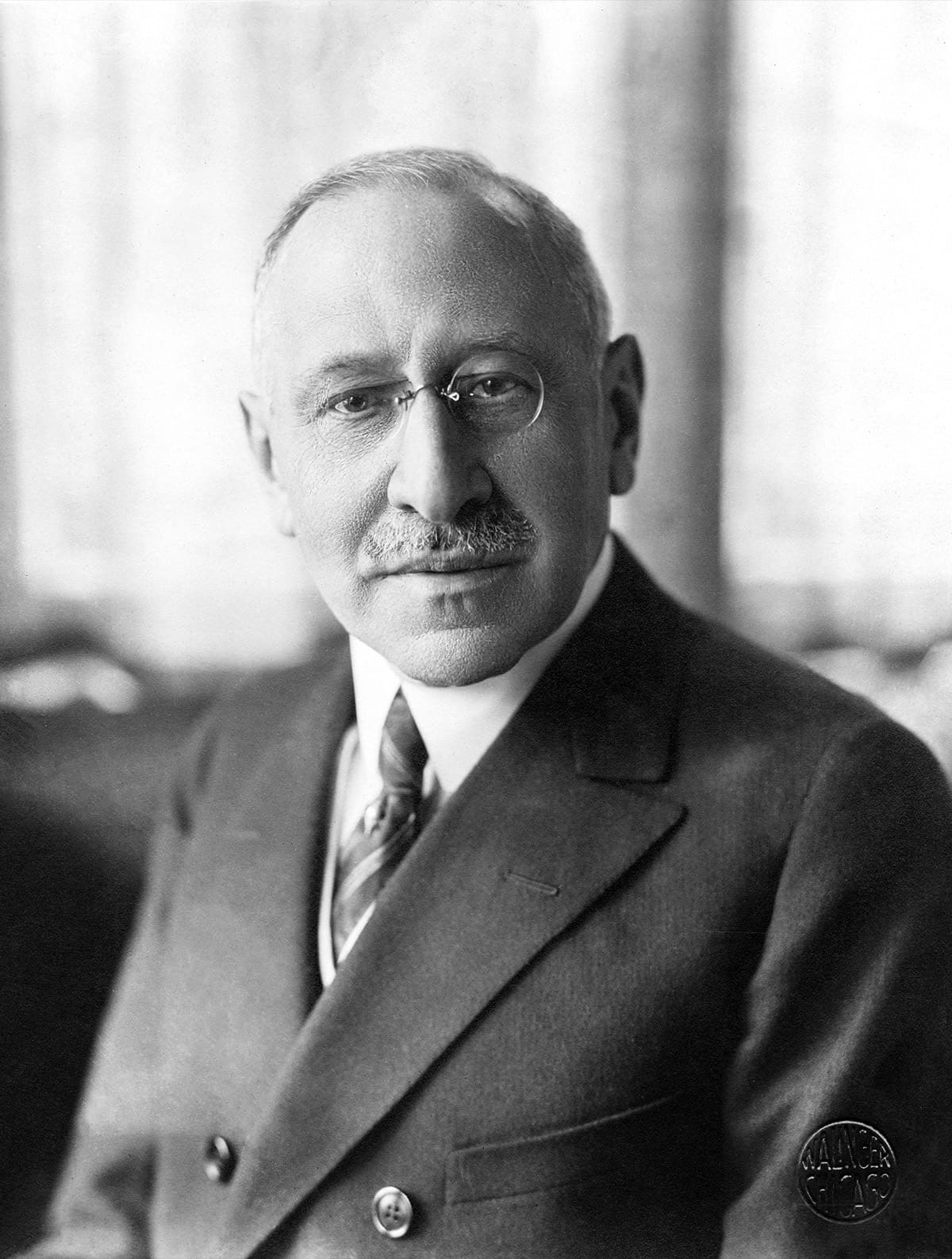
As the part-owner and president of Sears, Julius Rosenwald, the son of German-Jewish immigrants, amassed a fortune that would make him a billionaire today, according to the Smithsonian Institution. He donated millions of dollars to various philanthropic endeavors; “Give while you live” was his personal slogan.
“There isn't any civic organization in Chicago, Black or Jewish, that you don't find his name on the roll,” local historian Shermann “Dilla” Thomas told Chicago Stories.
Toward the beginning of the Great Migration, an increasing number of Black Americans were moving to Chicago to escape the Jim Crow South, where they were often denied basic freedoms. The historic Wabash YMCA, completed in 1913, was created specifically to serve the needs of Black men in the Bronzeville community. Rosenwald largely funded the Wabash YMCA. It was frequented by historian, author, and educator Carter G. Woodson, who played a major role in establishing Black History Month, on his visits to Chicago. The Wabash YMCA would later be added to the National Register of Historic Places.
Rosenwald donated to various other groups that sought to support Black Americans. Working closely with Booker T. Washington, Rosenwald funded more than 5,000 schools in the South, now called the Rosenwald Schools, that were built in poor Black communities. He also funded the Michigan Boulevard Garden Apartments (now called the Rosenwald Court Apartments), an early mixed-use housing development in Bronzeville that was home to Nat “King” Cole, Quincy Jones, Gwendolyn Brooks, and Lorraine Hansberry.
Rosenwald donated to various other Chicago institutions over the years. On his 50th birthday, he donated $687,000 to Jane Addams’s Hull House, the University of Chicago, and the Associated Jewish Charities. He reportedly gave more than $60 million to charity during his life, which would be over a billion dollars in today’s currency.
Sewell Avery and Chicago’s Museums
Sewell Avery, who served as president of Montgomery Ward, was also the first president of the board of directors for the Museum of Science and Industry. (Julius Rosenwald, ever the philanthropist, was the principal founder and financial supporter of the museum.)
Avery had a controversial tenure as head of Montgomery Ward. During World War II, Avery refused to recognize or negotiate with his unionized employees. When they went on strike, government officials forcibly removed Avery from his office, physically carrying him out of the building.
Despite the controversy, Avery was a supporter of scientific endeavors at the Field Museum. Avery provided funding for research and expeditions led by the museum. As a thanks, researchers named a coral snake, micrurus averyi, after him.

